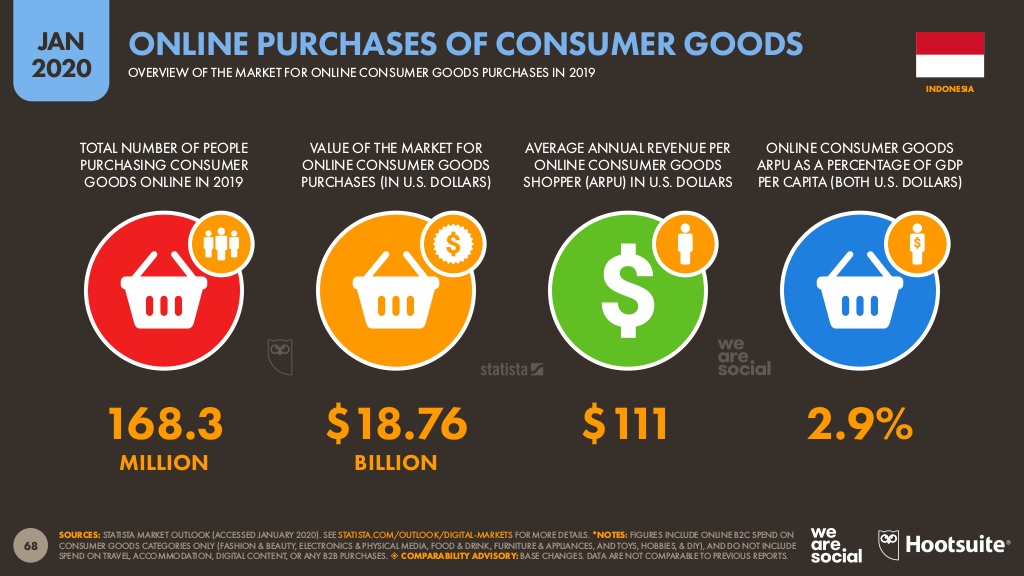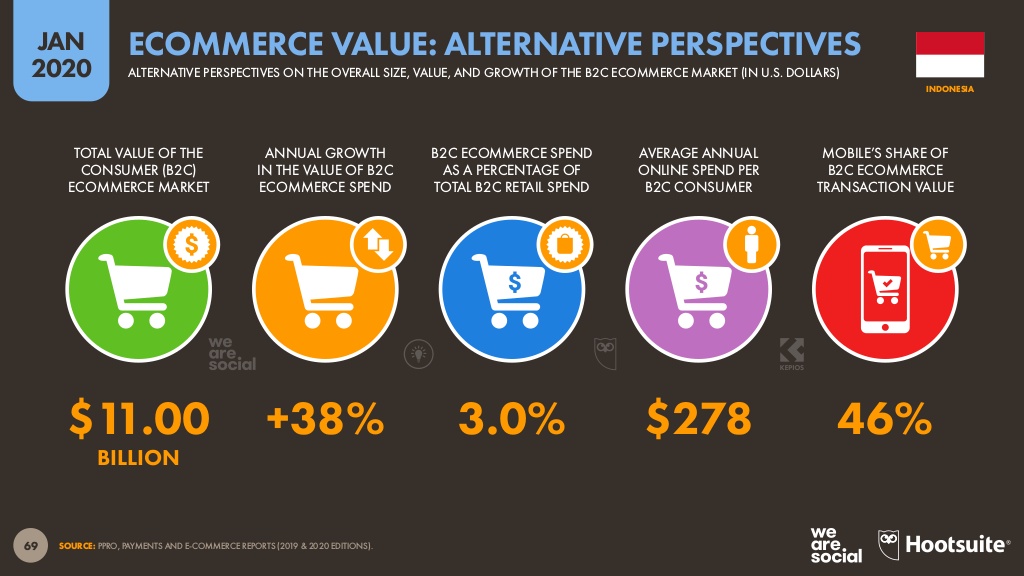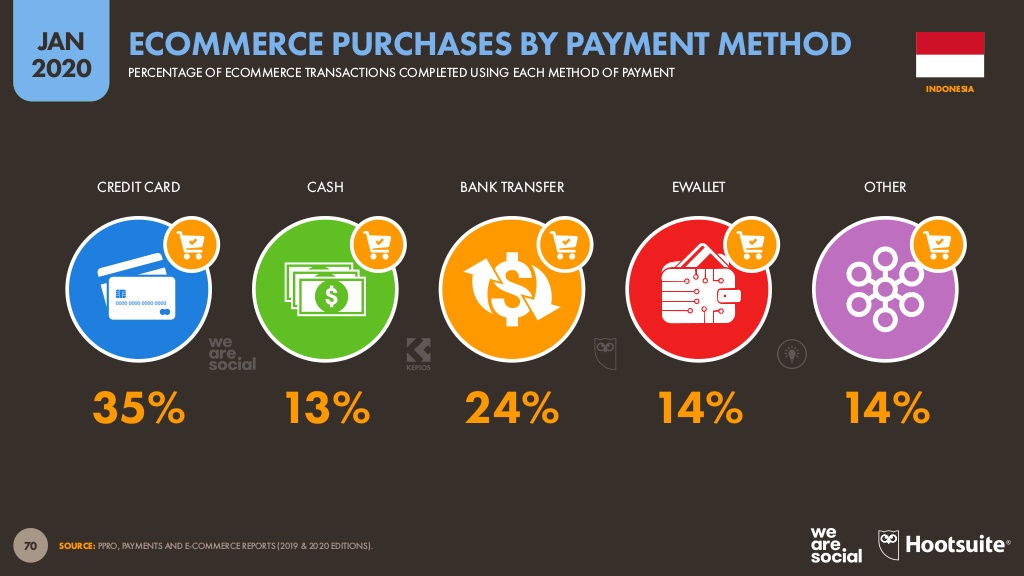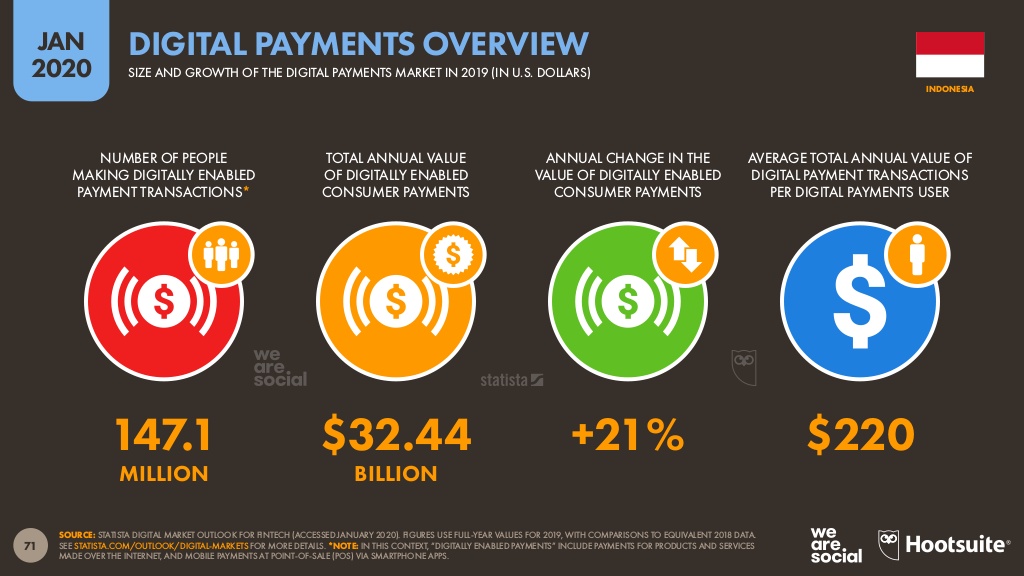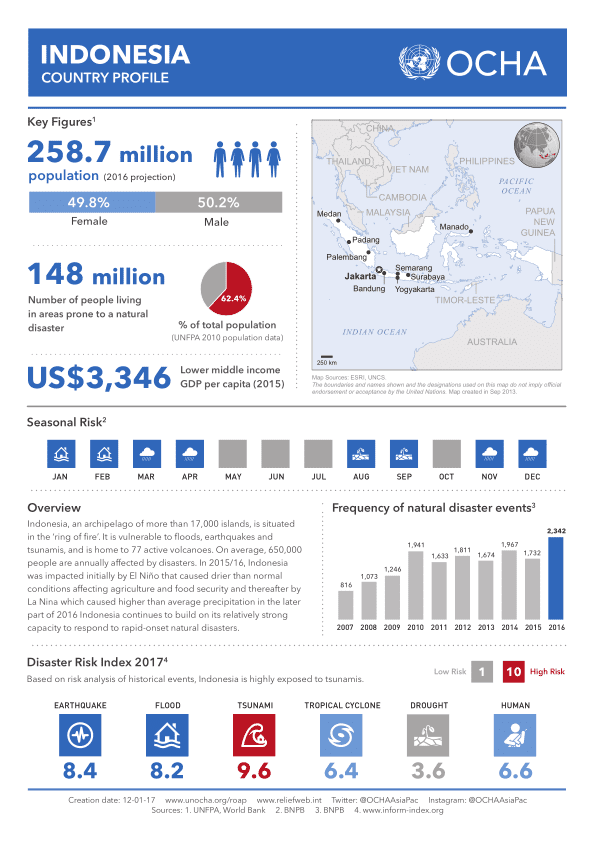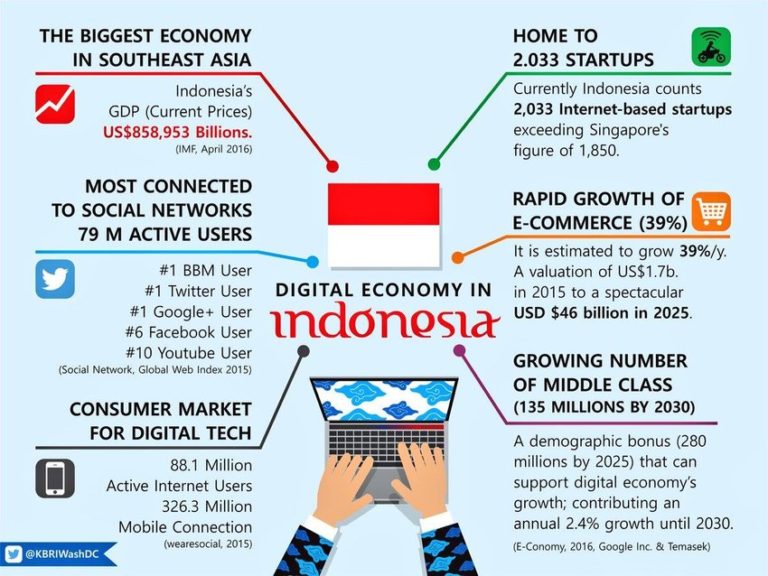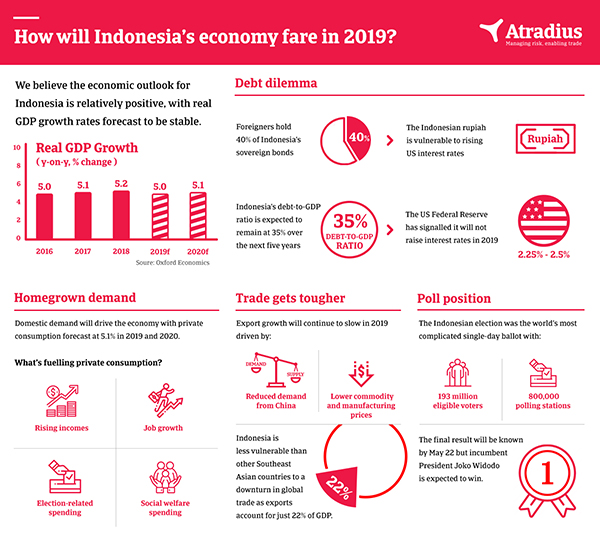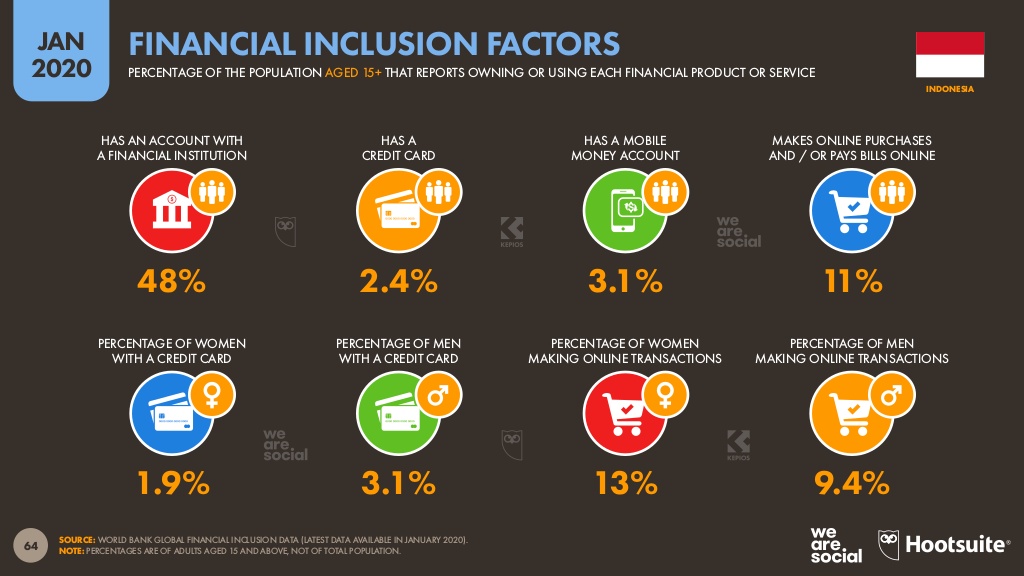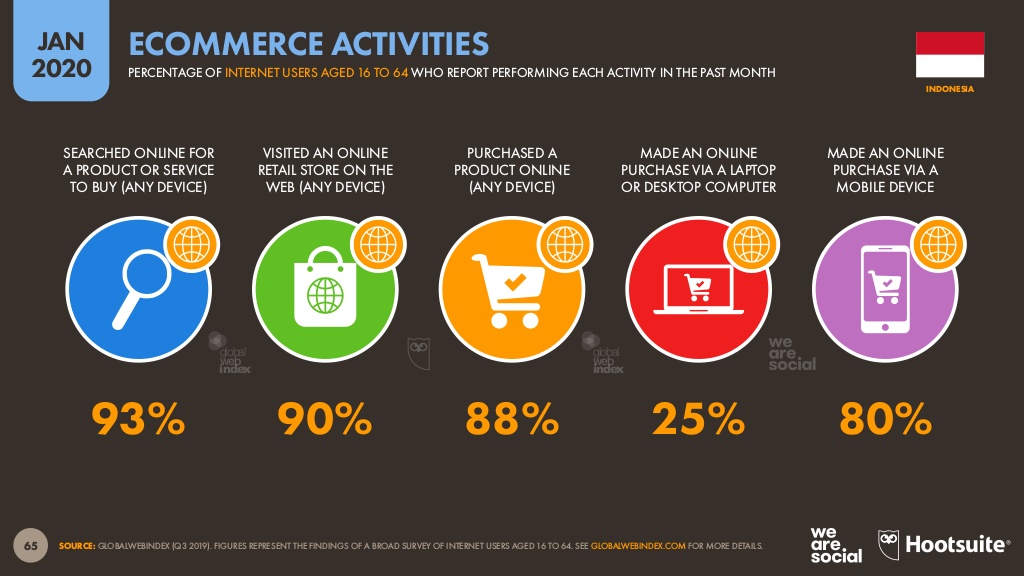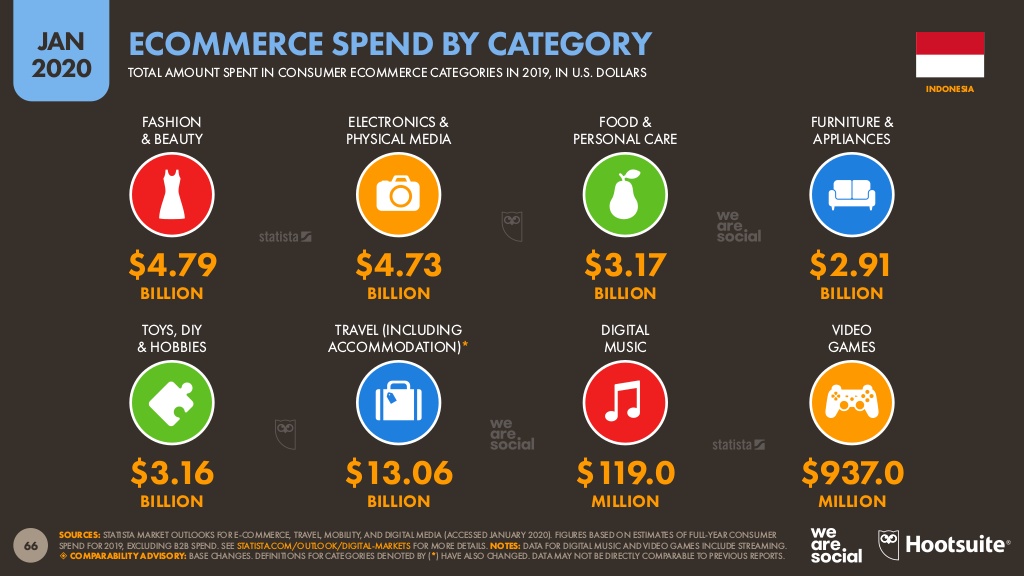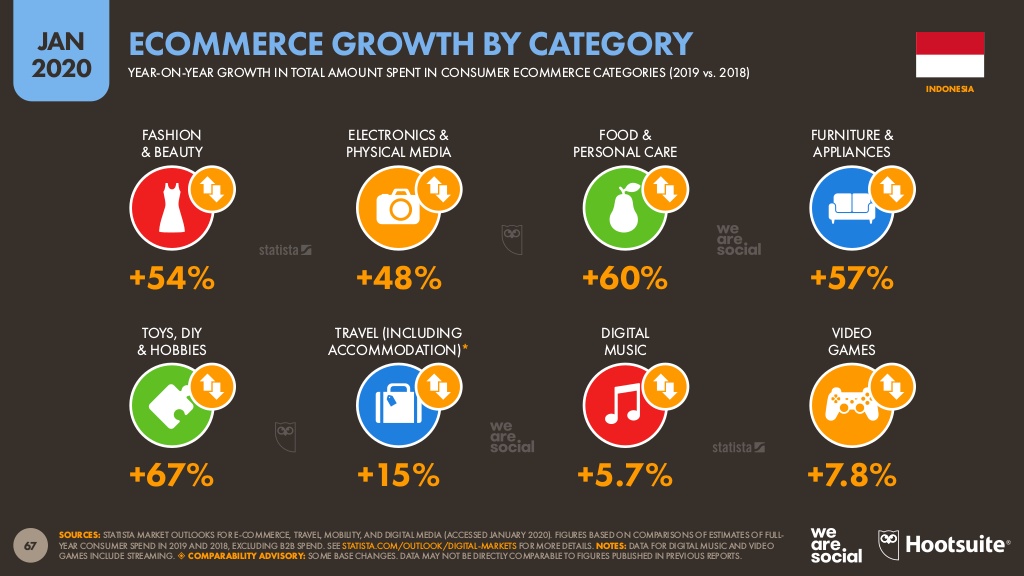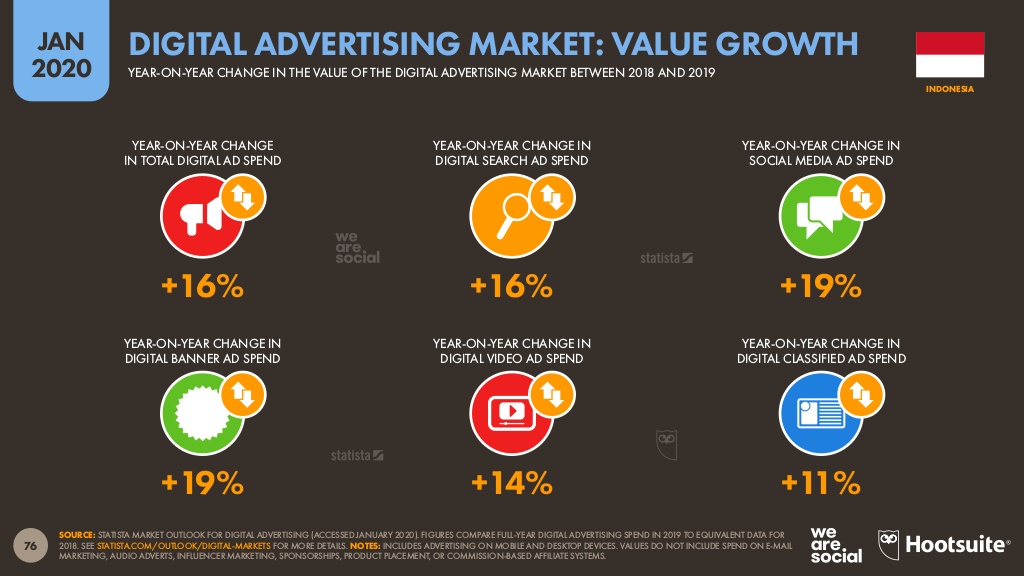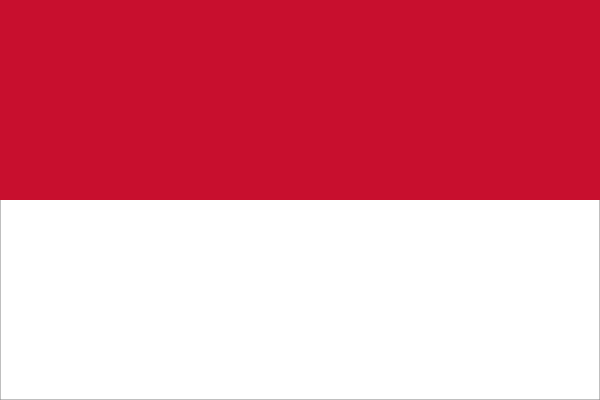
Introduction
The history of Indonesia can be marked as the dawn of mankind since it is where the remains of the
early man were unearthed. During the ancient age of kingdoms and empires, Indonesia saw the rise of
the great empires that ruled over almost all of South-East Asia and regarded to play a key role in the
history of the region. After gaining independence from foreign colonization and the wave of both World
Wars, Indonesia emerged as one united country and continued to thrive amongst the top nations of the
world to this very day.
When was the dawn of mankind in Indonesia?
Fossilized remains of Homo erectus and his tools, popularly known as the “Java Man” found in the
archaeological site of Sangiran in Central Java, suggested that the Indonesian archipelago was already
inhabited by “the early man” at least since 1.5 million years ago. Recently, the fossil of Homo
floresiensis or nicknamed as ‘hobbit man’ was discovered in Liang Bua, Flores Island and also believed
to be one of the ancestors of modern humans. cheap replica watches
What happened during the age of Kings and Sultans?
Chinese chronicles mention that trade between India, China and the islands within what today is the
Indonesian Archipelago was already thriving since the first century AD. The powerful maritime empire
of Srivijaya in southern Sumatra that ruled over the Sumatra seas and the Malacca Straits from the
7th to the 13th century was the centre for Buddhism learning and famous for its wealth. In the 8th-
9th century, the Sailendra Dynasty of the Mataram kingdom in Central Java built the magnificent
Buddhist Borobudur temple in Central Java and followed by the construction of the Hindu Temple
Prambanan.
From 1294 to the 15th century the powerful Majapahit Kingdom in East Java held suzerainty over a
large part of this archipelago. Meanwhile, small replica Tag Heuer and large sultanates thrived on many islands of the
archipelago, from Sumatra to Java and Bali, to Kalimantan, Sulawesi, Ternate and the Moluccas,
especially following the arrival of Islam in the 13th Century.
What was the Colonial Era like?
Following the arrival of Marco polo in Sumatra, successive waves of Europeans—the Portuguese,
Spanish, Dutch and British—sought to dominate the spice trade at its sources which is at the
Moluccas or Maluku Islands of Indonesia began in the 16th century. In 1596 the first Dutch vessels
anchored at the shores of West Java. Over the next three centuries, the Dutch gradually colonized
this archipelago until it became known as the Dutch East Indies.
The Emergence of Indonesia and the Declaration of Independence
Revolt against the oppressing colonizers soon built up throughout the country. The Indonesian youth,
in their Youth Pledge of 1928 vowed fake rolex together to build “One Country, One Nation and One Language:
Indonesia”, regardless of race, religion, language or ethnic background in the territory then known as
the Dutch East Indies.
Finally, on the 17th of August 1945, after the defeat of the Japanese in the Second World War, the
Indonesian people declared their Independence through their leaders Soekarno and Hatta. Freedom,
however, was not easily granted. Only after years of bloody fighting did the Dutch government finally
relent, officially recognizing Indonesia’s Independence in 1950.
